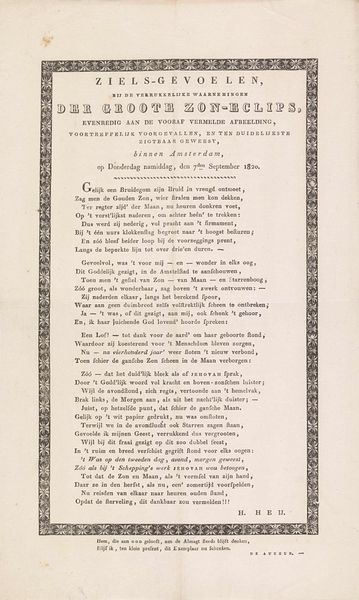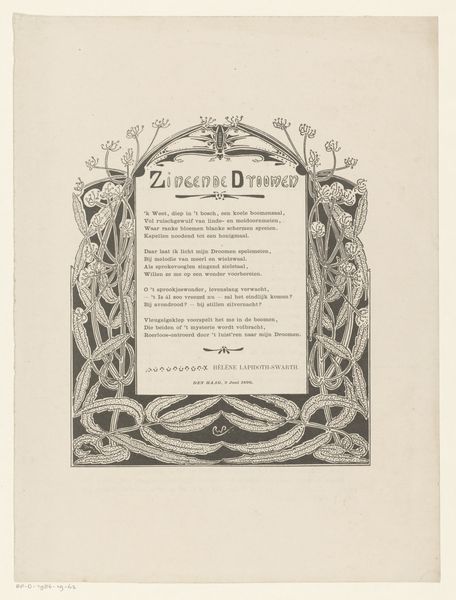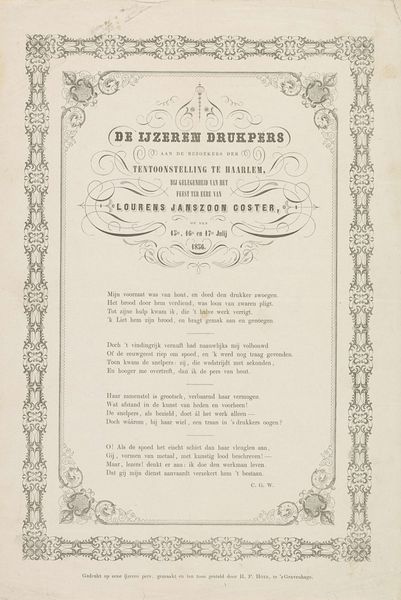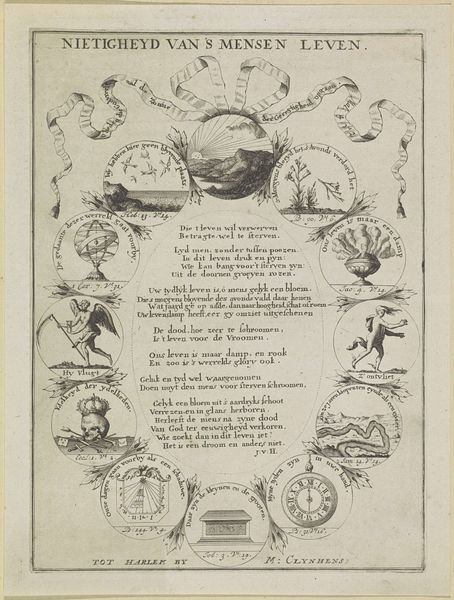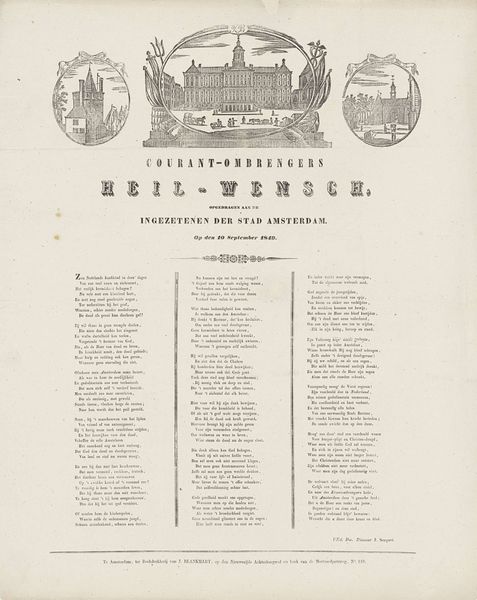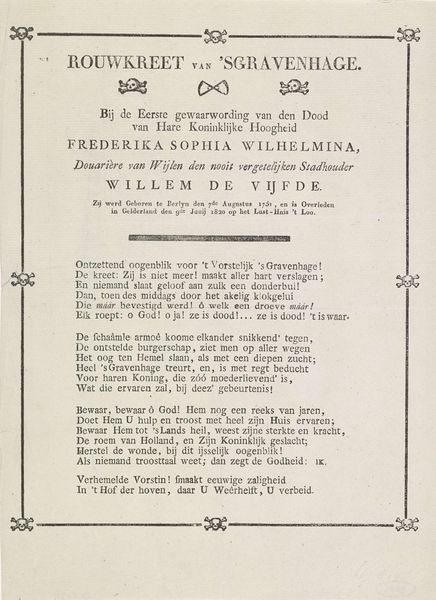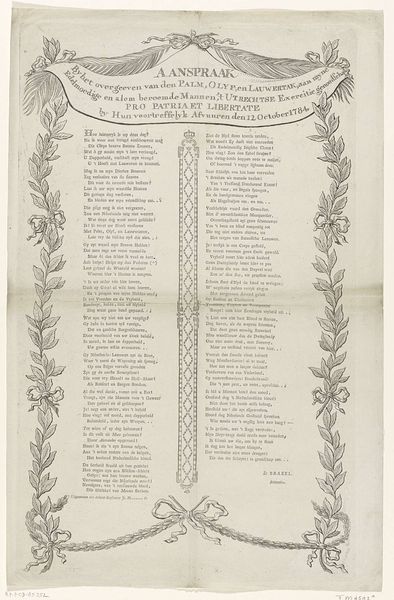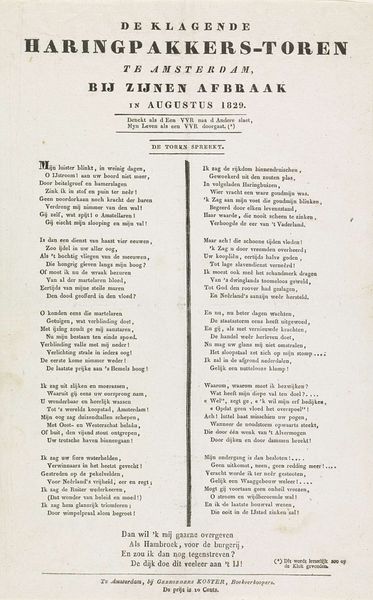
Dimensions: height 244 mm, width 167 mm
Copyright: Rijks Museum: Open Domain
Editor: This print, "Vanitassymbolen en Alziend Oog" from 1820-1822, created by Philippus Velijn, is strikingly melancholic. The imagery feels very deliberate, from the skull to the all-seeing eye above. What would you say stands out about this piece in terms of its cultural context? Curator: What strikes me is how this print participates in a longer history of vanitas imagery while also reflecting its specific socio-political moment. Vanitas, with its symbols of mortality like skulls and extinguished candles, were common visual reminders of life’s fleeting nature. However, here it feels… performative. How do you read the performativity within it? Editor: I see the artist highlighting the transience of worldly possessions and achievements, fitting with Romanticism’s emphasis on emotion. Curator: Exactly. Romanticism encouraged personal and emotional expression, and prints like these gain popularity amongst memorial prints during times of political unrest to express grief or to establish legitimacy after a death, with a distinct set of accepted imagery, similar to political propaganda now. Are there specific visual choices here that stand out to you as potentially tied to Romantic ideals or social practices? Editor: The use of light and shadow feels very dramatic, almost theatrical. And the combination of religious symbolism, with the "all-seeing eye," and more secular symbols of death feels very thought-provoking. It is meant to instill contemplation. Curator: Precisely. The Romantic era saw an engagement with intense emotion but with religious and secular concepts, reflecting evolving social attitudes. Considering the piece in this historical light offers an entirely different, and possibly more poignant, reading of Velijn’s print, wouldn't you agree? Editor: Absolutely. It transforms how I understand the artwork; I had not considered the institutional aspect of memory or propaganda before, so the explanation definitely clarified that concept.
Comments
No comments
Be the first to comment and join the conversation on the ultimate creative platform.
